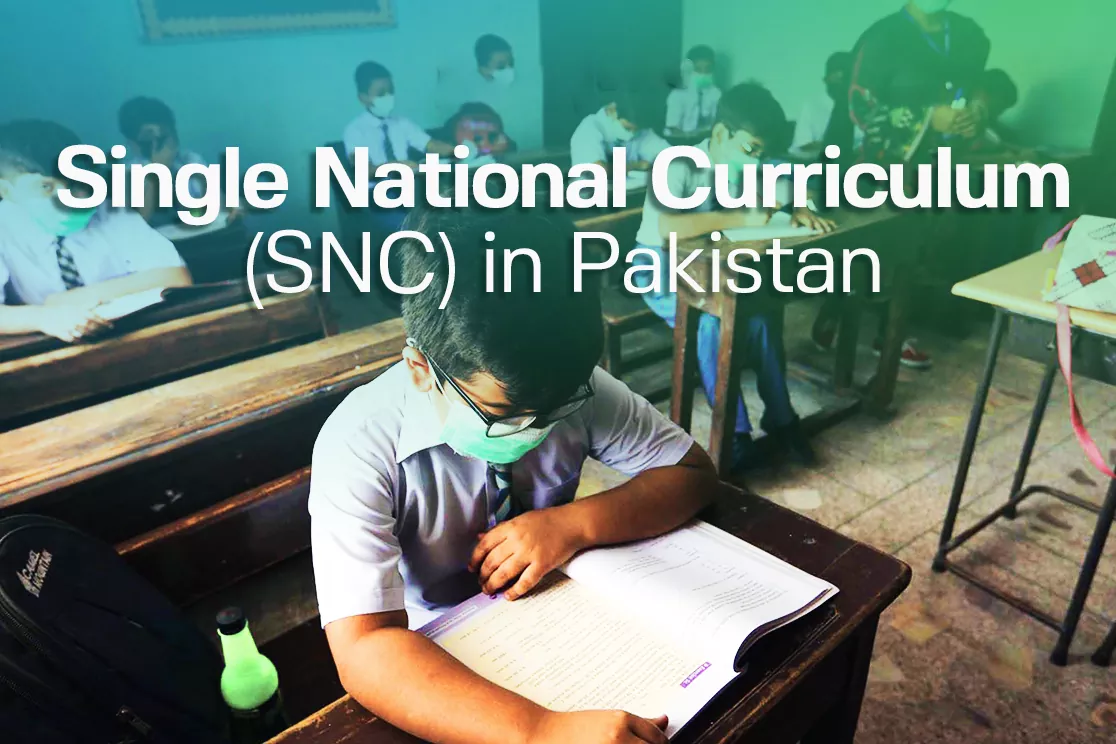Education serves as the cornerstone of a nation’s progress, shaping the destiny of its people and society. In Pakistan, the introduction of the Single National Curriculum (SNC) marks a significant step towards revamping the education system and addressing the disparities that have hindered progress.
This article explores the outline, goals, challenges, and potential of the SNC, taking into account the viewpoints expressed in competitor articles. By analyzing the content and expanding upon it, we can gain a comprehensive understanding of the Single National Curriculum’s impact on Pakistan’s educational landscape.
Detailed Outline on Single National Curriculum (SNC)
Introduction
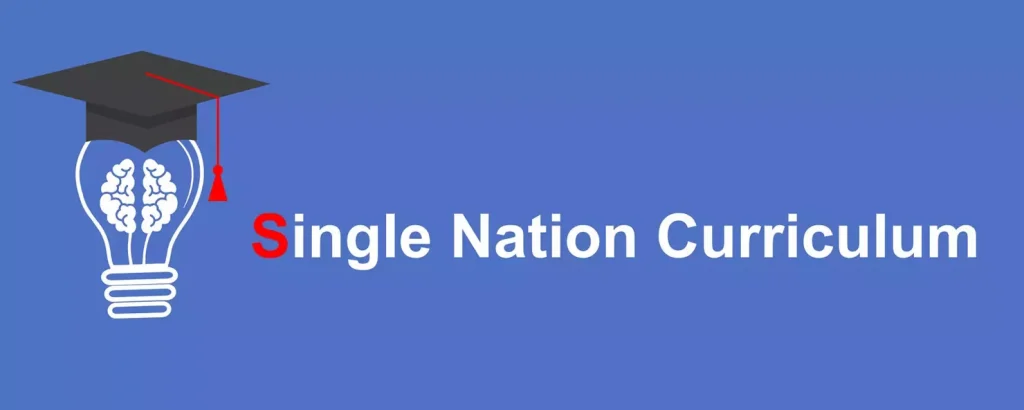
SNC Purposes and Implications
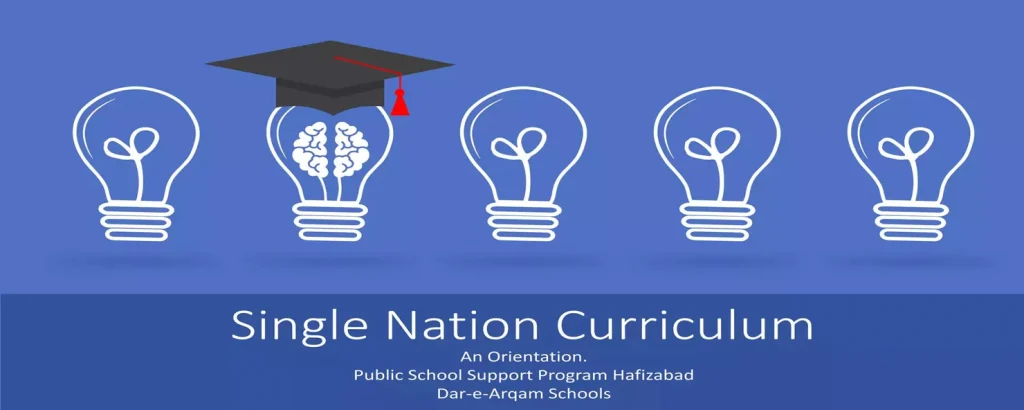
Further Reading: Vocational Training in Pakistan: Challenges and Opportunities
Hurdles and Challenges in Implementation
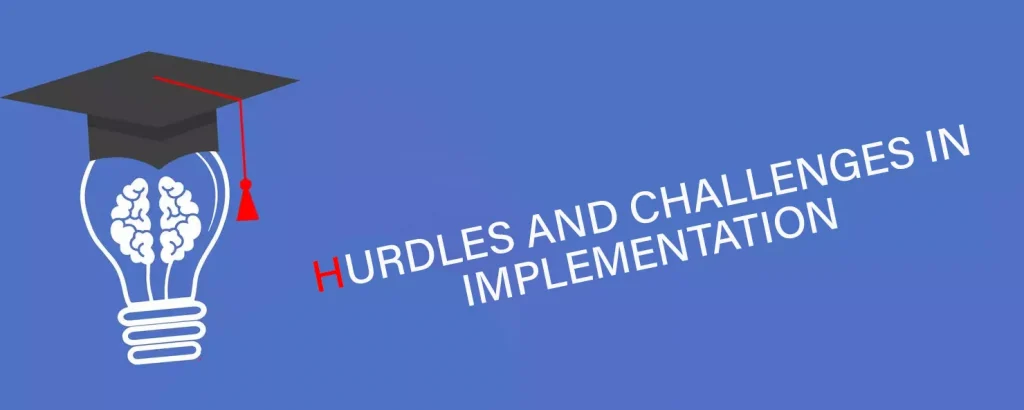
The Current State of SNC: Successes and Failures
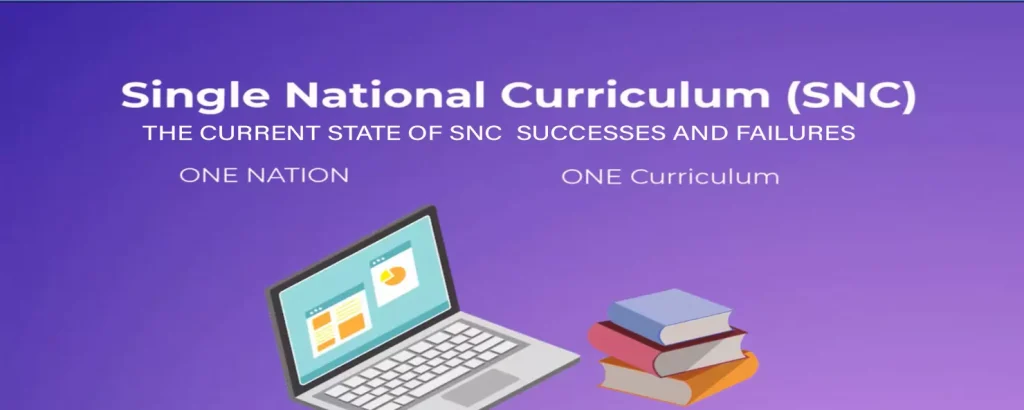
Check out: How to Prepare for CSS Exam
Recommendations
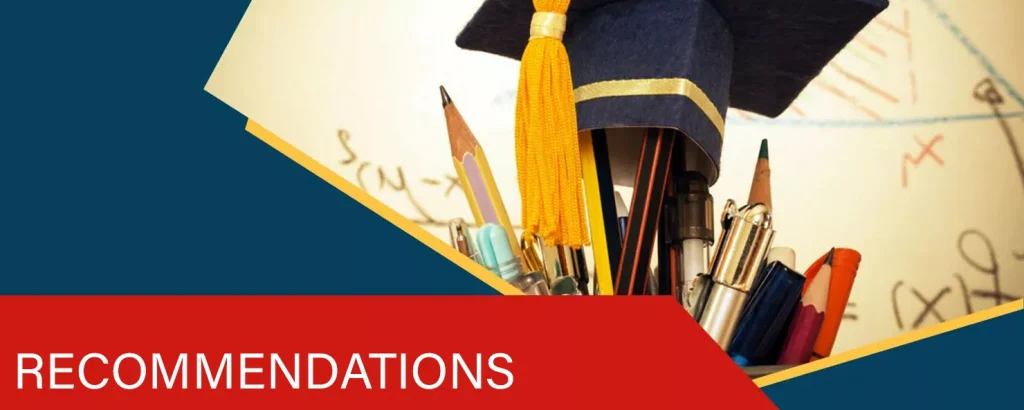
Further Reading: How to Get Through Entry Tests
Conclusion

Summarizing the potential of the SNC to transform Pakistan’s educational system and calling for collective efforts to ensure its successful implementation and address any remaining challenges.
All You Need to Know about Single National Curriculum (SNC)
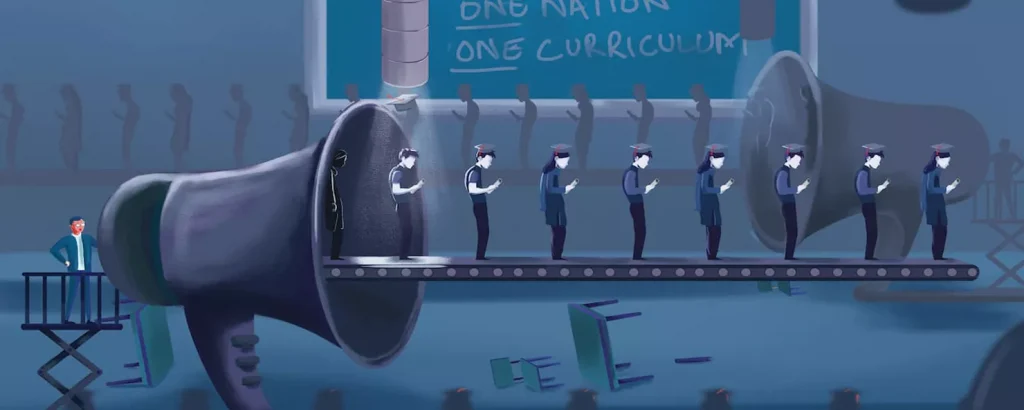
Education is a fundamental right and plays a crucial role in shaping the future of individuals and societies. In Pakistan, the education system is characterized by a division between private, public, and madrassah systems, leading to disparities in socioeconomic status.
Further Reading: Education’s Role in Scio-Economic Development
Recognizing the need for reform, the PTI government has introduced the Single National Curriculum (SNC) to revolutionize education in Pakistan.
This essay explores the objectives, challenges, and potential impact of the SNC on the educational landscape of the country.
The Goal of a Single National Curriculum (SNC)

The SNC aims to create a uniform education system by mainstreaming all existing tiers of education in Pakistan.
This includes incorporating madrassahs into the new education system, ensuring that contemporary subjects are taught, and enabling students to appear in board exams.
Further Reading: Strategies to Prepare For the Professional Exams
Approximately 35,000 seminaries are expected to be registered as schools, allowing students to receive a comprehensive education.
Objectives of the Single National Curriculum
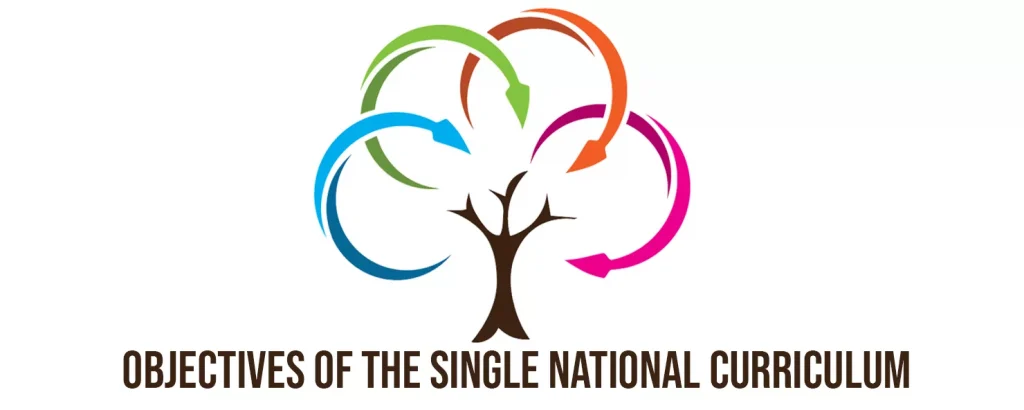
The Ministry of Federal Education and Professional Training has outlined the objectives of the SNC. The primary goal is to provide equal opportunities for high-quality education and upward social mobility for all children in Pakistan, fostering social cohesion and national integration.
The curriculum aims to promote tolerance for diversity by teaching respect for different cultures and religions.
Moreover, it seeks to shift the focus from rote memorization to critical and creative thinking, incorporating the use of information and Communication Technology (ICT).
By ensuring a level playing field, the SNC aims to address the deep-rooted class disparities in Pakistani society and reduce economic inequalities in the long run.
Challenges in the Implementation of the Single National Curriculum

The implementation of the SNC is not without its challenges. Historically, attempts to mainstream madrassahs have faced strong opposition, leading to radicalization and sectarianism.
Although the SNC aims to reform and mainstream madrassah education, it is likely to encounter resistance from religious parties.
Furthermore, the inclusion of Islamiat from grade 1 in the new curriculum has raised concerns about the learning capabilities of young students, as highlighted in the ASER report.
Compulsory teaching of Islamic subjects to minority students at the primary level may contradict international commitments on human rights and child protection.
Another significant challenge lies in the shortage of trained teachers, particularly at Pakistan’s primary and secondary levels.
The achievement of the SNC’s goals relies heavily on the teachers’ ability to implement the curriculum effectively. Therefore, comprehensive training programs should be initiated to equip teachers with the necessary skills and knowledge.
Adequate resources should be allocated to vocational training programs to ensure teachers are prepared for the new curriculum.
Budgetary constraints pose yet another hurdle to the successful implementation of the SNC.
To achieve the objectives associated with the SNC, the government needs to address several factors, including enrolling all out-of-school children, minimizing gender disparities, improving infrastructure, ensuring teacher accountability, and providing necessary resources to students.
However, limited financial resources restrict the government’s ability to undertake these critical steps.
Possible Central-Provincial Disharmony

With the devolution of education to the provinces after the 18th amendment to the constitution, the possibility of disharmony between the central government and provincial governments on the subject of SNC cannot be ignored.
While the SNC framework has been formulated with input from all stakeholders, provincial governments may have unique requirements and preferences when it comes to education reforms.
It is crucial to foster collaboration and open dialogue between the central and provincial governments to ensure a unified approach to implementing the SNC.
The Way Forward

To make the SNC viable and effective, structural shortcomings need to be addressed. Special attention should be given to minorities, ensuring that they have the freedom to choose subjects according to their preferences.
Additionally, prioritizing female education and removing societal obstacles that hinder girls’ access to education are essential for a comprehensive and inclusive system.
Adequate budget allocation to the educational sector is crucial for improving infrastructure, providing resources to students, and training teachers effectively.
Further Reading: Educational Websites in Pakistan for Students and Teachers
Furthermore, collaboration with religious parties and scholars is necessary to bring about meaningful reforms in madrassahs and promote a balanced education system.
Wrapping Up
The introduction of the Single National Curriculum in Pakistan signifies a significant step toward educational reform and social transformation. By addressing the deep-rooted class disparities and inequalities within the education system, the SNC has the potential to create a classless society and pave the way for progress and development.
However, the successful implementation of the SNC relies on addressing challenges such as opposition from religious parties, the shortage of trained teachers, budgetary constraints, and the need for central-provincial harmony.
By overcoming these hurdles and investing in education, Pakistan can foster an inclusive, quality education system that empowers its citizens and contributes to the nation’s growth and prosperity.

